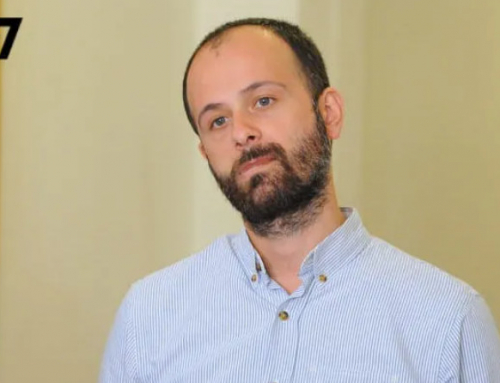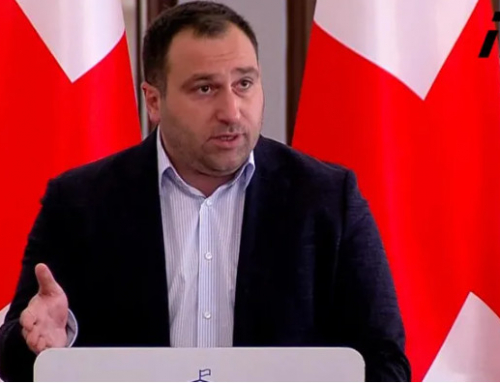TBILISI, DFWatch – The Government of Georgia has presented a ‘ten-point plan for the country’s development of modernization and employment for the years 2011-2015’, but experts think it’s no more than a ‘collection of dreams’ that is hard to take seriously without concrete steps towards its implementation.
“The Georgian government’s social-economic policy aim is to create the background for a successful, wealthy and united Georgia, where every citizen will be provided with decent living conditions and will have an opportunity to become a rich and successful member of the world’s civil society.” This is how the new document describes the aim of the plan, and the government is planning to achieve it by ‘creating places of employment and decreasing unemployment; and improving the social assistance system for disabled.”
The ten points listed in the plan are: 1. Macro-economic stability; 2. Improvement of the current account balance; 3. Creating/keeping best environment for business and investment; 4. To form a regional trade and logistics center; 5. Improving infrastructure; 6. Agricultural development; 7. Improvement of the education system ; 8. Development of social policy; 9. Creating an accessible, high-quality health-care system; 10. Urban and regional development.
Prime Minister Nika Gilauri notes that this plan is a ‘common strategy to overcome problems in the main areas of the Georgian economy, as well as unemployment, for the years 2011-2015.’
The government further finds it encouraging that international organizations have reacted positively to the plan.
But the opposition is very skeptical. Gia Tsagareishvili of the Free Democrats claims that ‘a government scared of Ivanishvili’s appearance had to present some plan.’
He adds that in every critical situation, the government ‘presents so-called plans; but none of them have been implemented up until today.’
As an example he remembers 2007, when a wave of demonstrations in the country was followed by a ’50 month plan’, which is not yet completed. None of its results are clear and it is also proven by the fact that the government has had the need to present a new plan.
Law and economy analyst Avtandil Silagadze says that the government’s initiative can be caused by recent events. He also thinks a part of the explanation is the government’s need to say something to the population before an upcoming elections.
“My general impression is that it’s not a program but nothing more than collection of dreams, and it’s not even defined how these dreams are going to be achieved,” he says.
“The data presented here are general. But the mechanisms are not visible, how all these things can be implemented. So the main question is how the government can achieve all these aims? The mechanisms are not clear. I think these should be specified, and it should be formed as a project. It’s not good that these aims are laid out in such a short-term perspective. The project should be planning for at least 20 years ahead. It also can include short-term, five–year plans, which can be corrected underway in light of the circumstances,” Silagadze explains.
Experts consider the ‘ten-point plan’ more of a political move, than a plan for the country’s economic development, because there are no calculations and it doesn’t specify ways of achieving the aims.
Edward Gardner, resident representative of the International Monetary Fund (IMF), made similar remarks.
At a special press conference November 1 he said that he’s not familiar with the plan’s English version yet, but agrees with the general principles of it. But he thinks that “the main challenge is that specific ways should be set up to implement the ten-point plan”.





Leave A Comment
You must be logged in to post a comment.